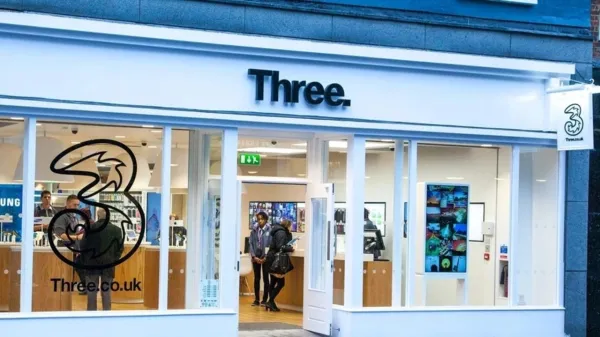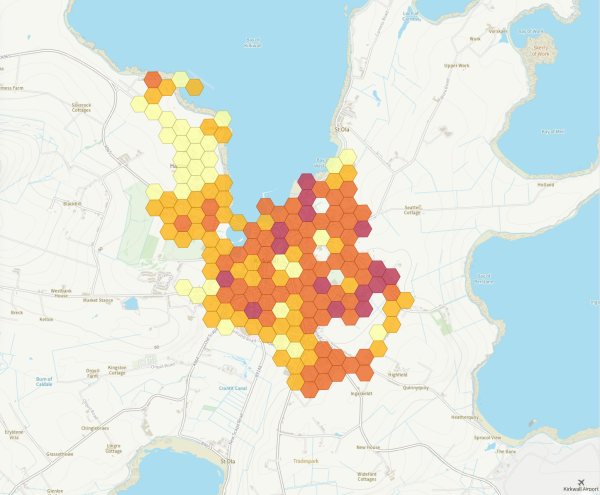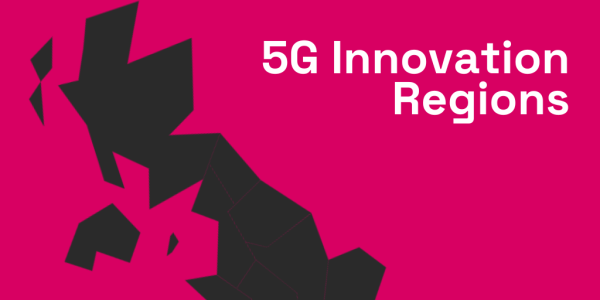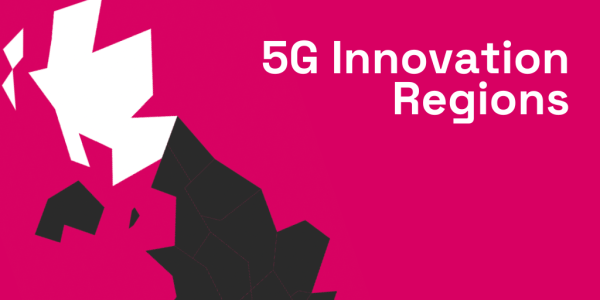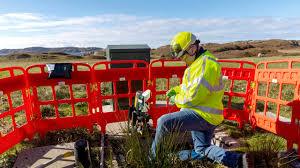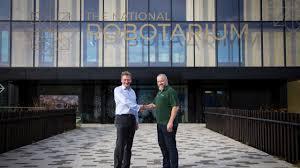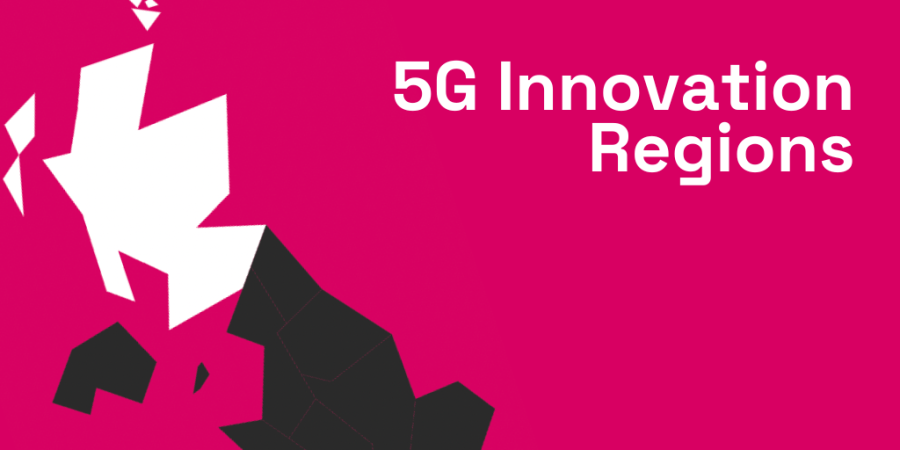
The 5G Innovation Region (5GIR) programme has seen 10 regions throughout the UK receive £36m of funding as part of our wider programme to drive 5G adoption. With a focus on key sectors where there is local capability and opportunities, the projects aim to enable the UK to take full advantage of the transformative effect that advanced wireless connectivity and digital technologies can provide.
To help ensure that all regions can benefit from the work being done by the 5G Innovation Regions, UKTIN is inviting each of the projects to present to our Clusters forum. Most recently, Iain Macfarlane, a Programme Director at Glasgow’s Smart and Connected Social Places Programme, shared his insights.
Please tell us about your 5GIR project.
Smart and Connected Social Places (SCSP) is focused on connectivity, which is the foundation of everything. We aim to keep people safe, well and socially connected in their homes and local communities by bringing innovation and harnessing the power of connectivity, digital, and data to transform services and improve lives.
We have five main projects: Data Aggregation and Business Intelligence; Net Zero Social Assets; Connected Care and Well-being; Smart Social Assets; and Asset-Based Connectivity.
Why is the project needed?
To think differently, to be relentlessly person-centred, to innovate at scale, and to push the boundaries on how connectivity, digital, and data can enable smart and connected social places that transform services and improve lives across the city region.
In Glasgow, there are currently significant socio-economic and health inequalities and challenges to services. Connectivity must be at the heart of our solutions, and we want to provide a blueprint to accelerate and step changes in outcomes across Scotland and the UK.
Our priority is to innovate at scale and push the boundaries with 5G and data. We want to drive commercial innovation, but, to be clear, this is about transforming services and improving lives. Let’s make the unaffordable affordable and close the connectivity gaps. Digital poverty speaks for itself.
What progress have you made?
We have created social asset maps, allowing gaps to be identified, resolved and closed. Connectivity provides the foundation for deploying digital solutions to capture and share data.
In Renfrewshire, one of the 32 council areas of Scotland, this includes an Invest to Save case for deploying IoT sensors into 10,000 social homes and deploying free high-fibre broadband into each home. This was based on the connectivity infrastructure already in place and 5G will be a part of this. It’s been a really interesting exercise, and part of this was asking, is it possible? Can IoT unlock sufficient savings to fund the closure of connectivity gaps? And thankfully, it is.
We want to use aggregated data to make housing a social determinant of health. This will inform care plans, especially for tenants or patients with respiratory and other health conditions impacted by environmental conditions.
By the end of March 2025 we aim to have designed and tested the benefits and scaled adoption potential of Smart Social Housing, Smart Care Homes, Smart Telecare, Smart Home Care, and Smart Virtual Wards.
What have you learned so far?
The health, inequalities, and service sustainability challenges across the Glasgow City Region are significant so we want to collaborate and learn from other organisations to help us design and prove solutions that will improve as many lives as possible.
We’re launching our SCSP Innovation Fund in August and we aim to engage with partner organisations who share our vision and ambitions via a portfolio of innovation projects that will sit alongside our core projects. This will ensure we’re solutioning as many of our problem statements as possible and building an evidence-based platform for scaled adoption.Head to the Smart and Connected Social Places website to learn more, and find out more about the UKTIN Clusters Group here.


